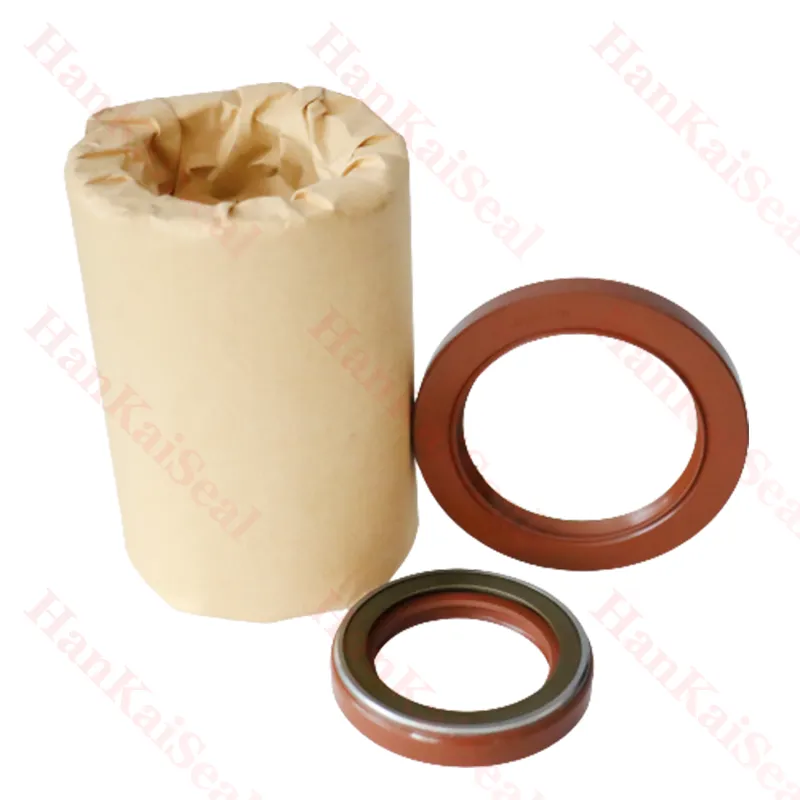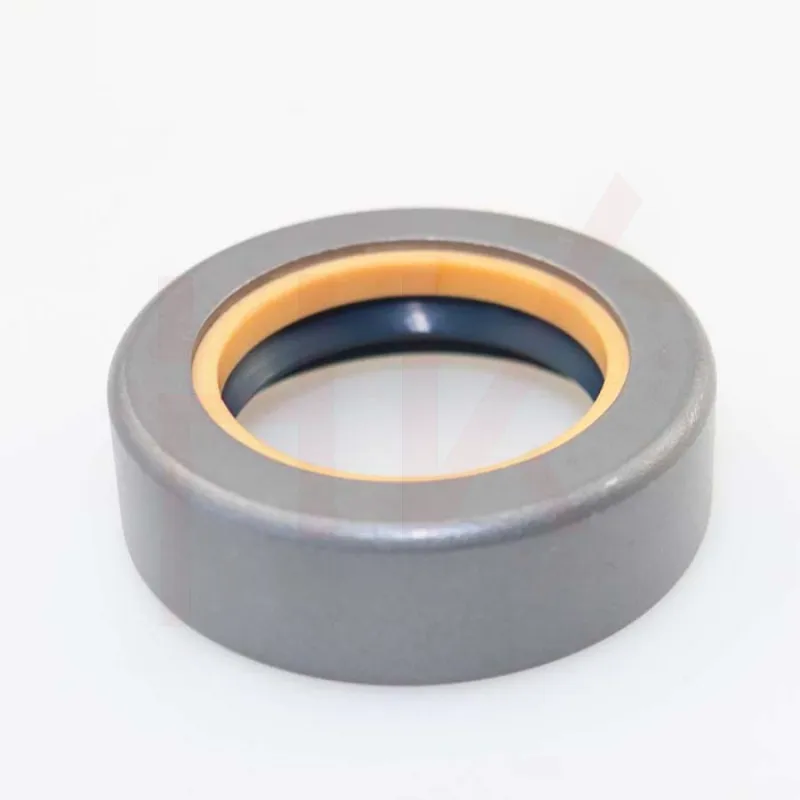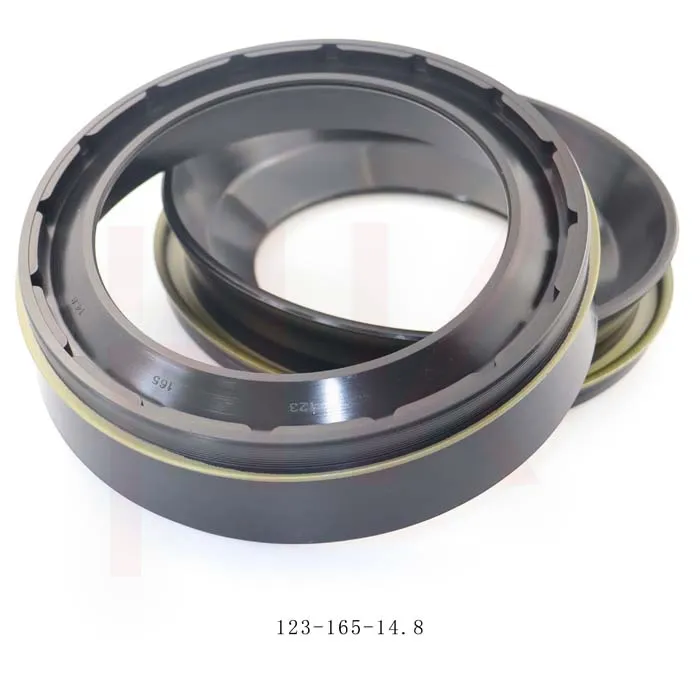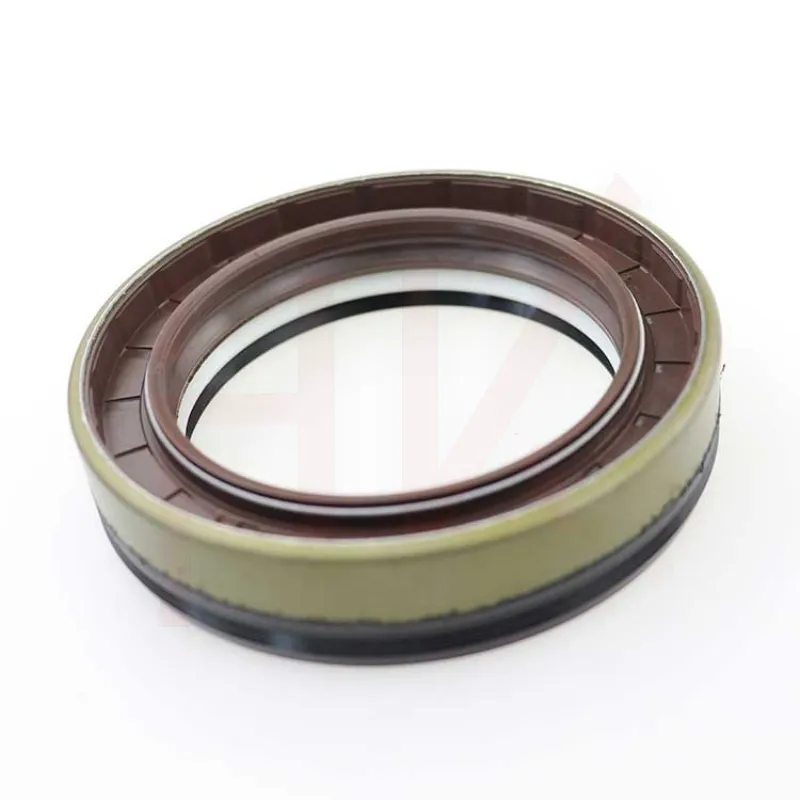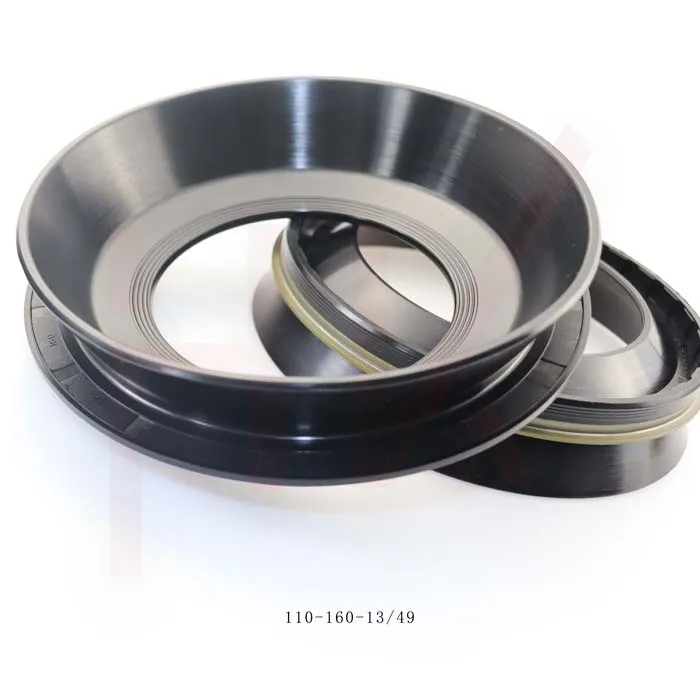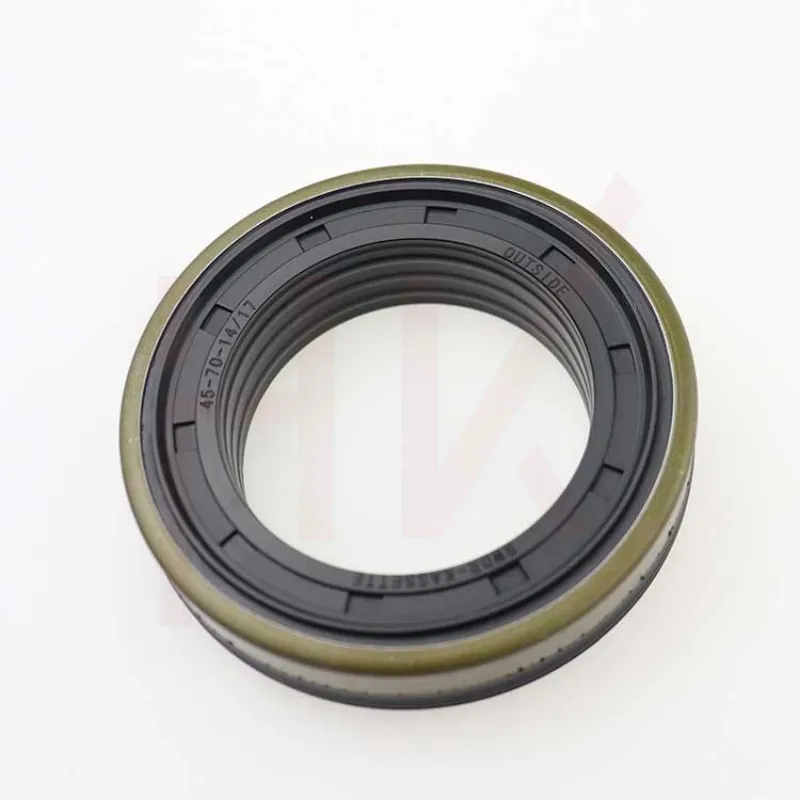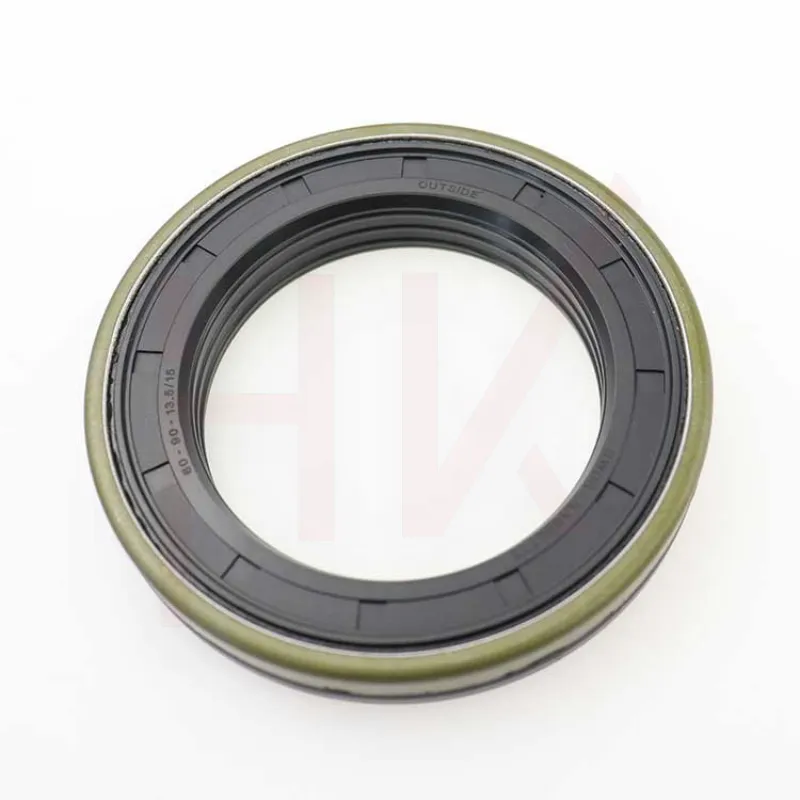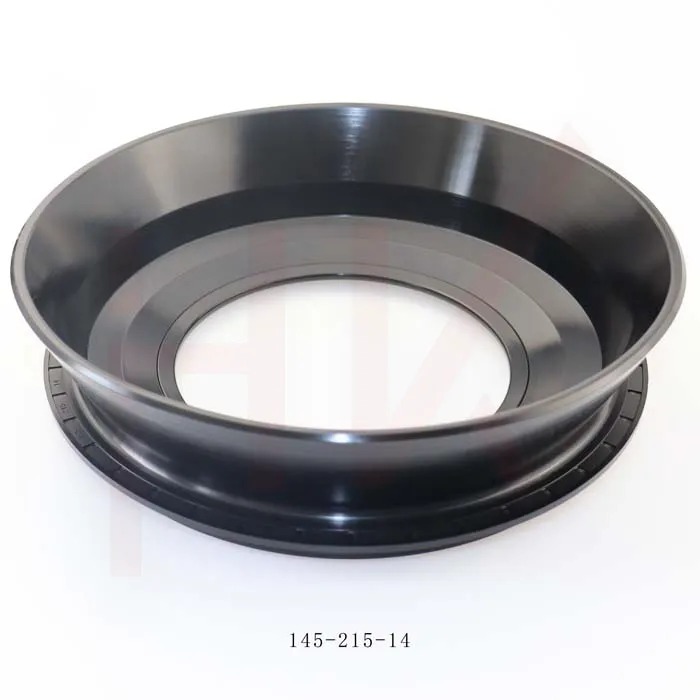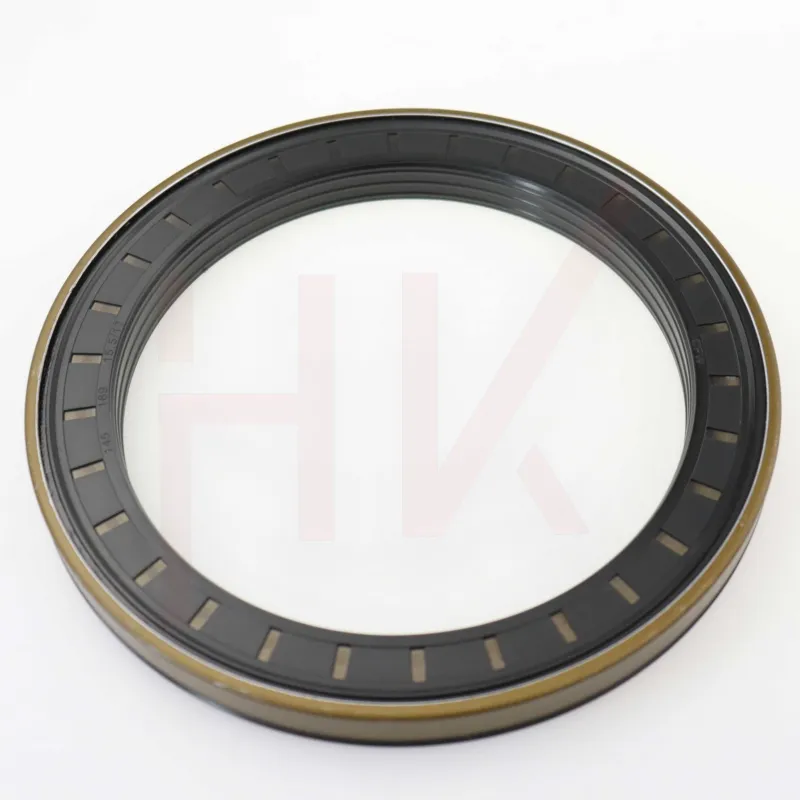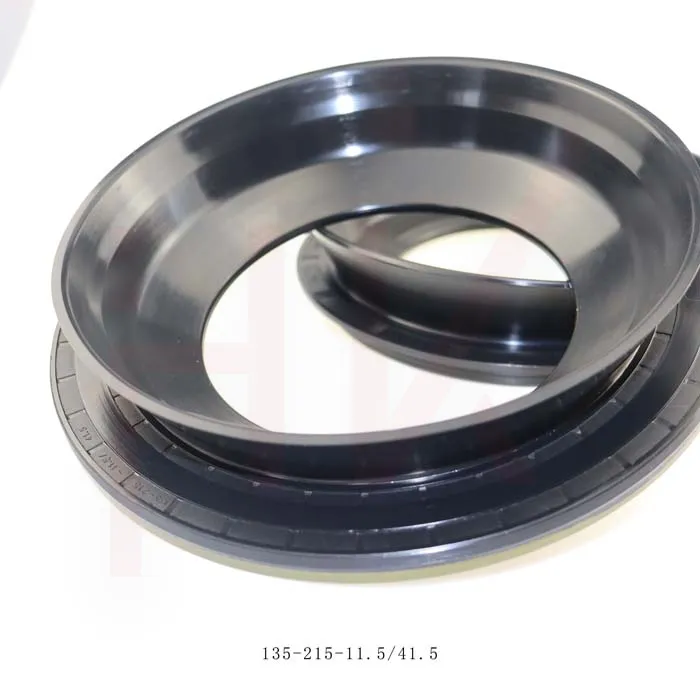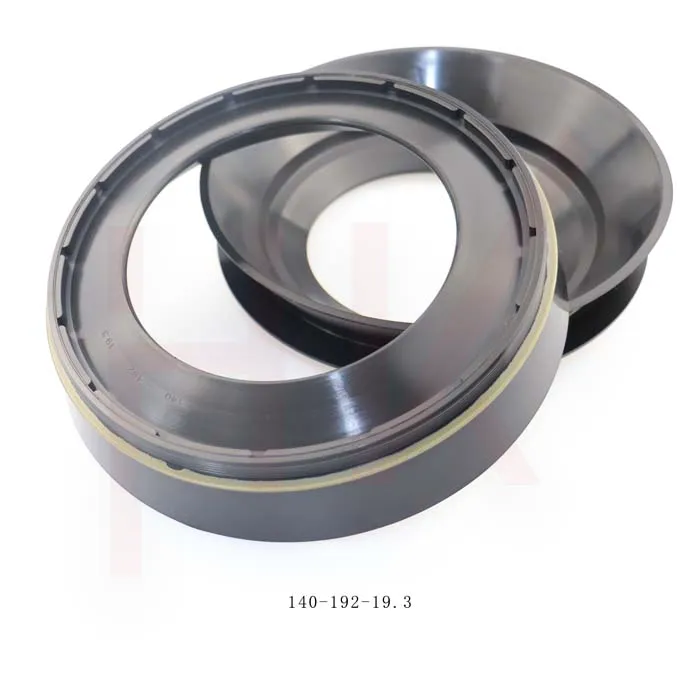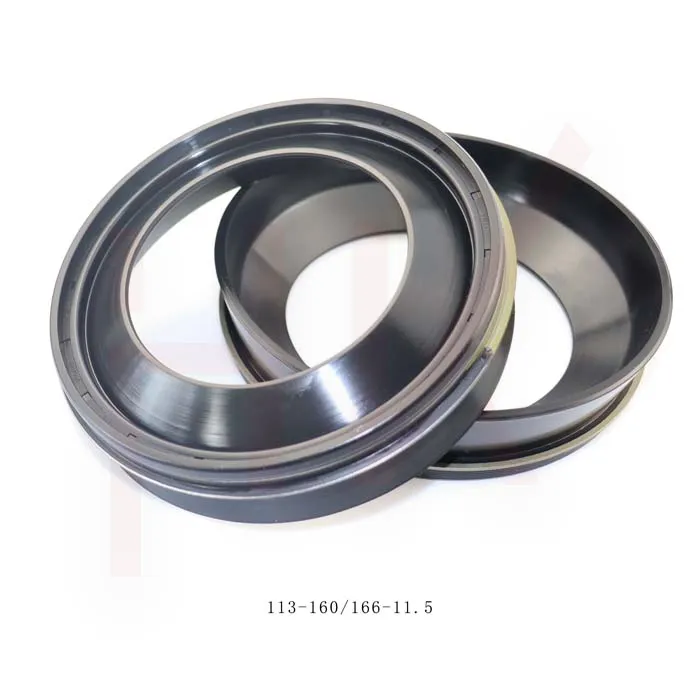Nov . 22, 2025 22:30 Back to list
Rubber Wiper Seal – Essential Industrial Components for Durability & Performance
The humble rubber wiper seal: a small part with global clout
If you’ve ever wondered why your car drives smoothly through rainy days, or why industrial machinery rarely leaks oil or dirt, you might want to tip your hat to something called a rubber wiper seal. It’s a tiny component with outsized importance across industries and even in humanitarian efforts worldwide. This article digs into why understanding this small but essential component matters not just to engineers but to anyone interested in sustainability, safety, and global trade.
Worldwide, the demand for durable seals runs into the millions annually — a reflection of industrialization, urbanization, and the global push for efficient machinery. The United Nations Industrial Development Organization (UNIDO) notes the vital role of such components in maintaining machinery that ultimately supports everything from agriculture to disaster relief. Simply put: an effective wiper seal helps avoid costly downtime, pollution, and safety hazards.
Setting the stage: The global industrial relevance of the rubber wiper seal
According to the International Organization for Standardization (ISO), the global mechanical seal market (within which rubber wiper seals fit snugly) is anticipated to grow at about 5% annually through 2027. Why? Because across the globe, rapid industrial growth is demanding more reliable equipment, and seals like these are front-line defenders against contamination and wear.
However, a common challenge remains: how to improve seal durability in extreme environments like deserts or tropical zones, where dust, heat, and moisture conspire against machine longevity. Rubber wiper seals are the unsung heroes in tackling this problem — preventing harmful particles from invading sensitive hydraulic components. I find it oddly fascinating how such a small ring piece can safeguard highly calibrated machinery so effectively.
What exactly is a rubber wiper seal?
At its core, a rubber wiper seal is a flexible gasket designed to wipe or scrape contaminants like dirt, dust, and water off moving parts—most commonly hydraulic rods or cylinder shafts—before they enter sensitive equipment. Imagine a car windshield wiper but miniaturized and much more rugged in its fight against grime and moisture. Made from synthetic rubber or elastomer compounds, these seals create tight barriers while coping with movement and pressure.
Industrially, they’re vital not only for maintaining operational efficiency but also for extending equipment lifespans. In humanitarian contexts—think mobile water pumps during emergency relief efforts—they ensure equipment keeps running under harsh conditions, preserving dignity and safety.
Core components and key attributes of rubber wiper seals
Durability and material resilience
The choice of rubber compound, often nitrile (NBR), polyurethane, or silicone, profoundly affects the seal's lifetime. For example, polyurethane seals hold up well against abrasion, while silicone seals excel in extreme temperatures. Many engineers say durability isn’t just about lifespan but consistent performance under stress.
Design flexibility and customization
Because machines differ wildly, wiper seals come in various cross-sections and sizes — from simple lip seals to multiple-lip designs with backup rings. This adaptability is why many manufacturers prefer custom designs for niche industrial processes.
Resistance to environmental factors
Rubber wiper seals must resist not only physical wear but chemical exposure, UV rays, and weather extremes. This is central to their role in off-shore drilling rigs or agricultural machinery where conditions are unpredictable.
Cost efficiency and maintenance ease
Given that wiper seals are consumables — needing replacement eventually — cost efficiency is key. More durable seals mean less downtime for repairs and lower total cost of ownership.
Mini takeaway:
Rubber wiper seals may seem technical, but their quality and design significantly influence operational efficiency and costs — aspects that every engineer, supplier, or procurement officer keeps an eye on.
Real-world industries and regions benefiting from rubber wiper seals
Industrially, you'll find rubber wiper seals in:
- Hydraulic machinery across construction and mining sectors, especially in Africa and Australia.
- Agricultural machinery in South Asia, where dust and moisture challenge equipment.
- Automotive manufacturing lines globally, from the US to Europe.
- Disaster relief equipment, like portable pumps and generators, often used in Southeast Asia and the Caribbean.
In post-disaster relief operations, for instance, sealed hydraulic components ensure pumps and cranes keep running despite muddy, wet conditions. Remote industrial zones depend heavily on the reliability these seals enable — it’s not just a convenience but a necessity for safety and effectiveness.
Advantages and long-term value of investing in quality rubber wiper seals
- Cost savings: Fewer equipment failures mean lower repair costs and reduced downtime.
- Sustainability: Durable seals minimize waste and energy consumption tied to frequent replacements.
- Safety and reliability: Preventing contaminants reduces catastrophic failures and environmental spills.
- Innovation: Advances in elastomer technology drive continuous improvement in performance.
It’s not just a financial matter. There’s a feeling of trust — knowing the machines you depend on every day won’t give up when you need them most. In humanitarian projects, this reliability literally safeguards lives and dignity.
Product specification: Typical rubber wiper seal details
| Specification | Details |
|---|---|
| Material | Nitrile Rubber (NBR) / Polyurethane / Silicone |
| Temperature Range | -40°C to +120°C (varies by material) |
| Hardness | 65–90 Shore A |
| Typical Sizes | ID 10mm to 150mm (custom sizes available) |
| Pressure Rating | Up to 25 MPa (depending on design) |
| Applications | Hydraulics, Automotive, Industrial Machinery |
Vendor comparison: Rubber wiper seal suppliers
| Supplier | Range | Customization | Geographic Reach | Typical Lead Time |
|---|---|---|---|---|
| HKAI Seal | Extensive wiper seal catalog, custom design | High — tailor-made solutions | Global, strong presence in Asia & Europe | 2–3 weeks |
| SealTech Inc. | Standard product lines | Moderate — sizing adjustments | Primarily North America & Europe | 3–4 weeks |
| GlobalSeal Solutions | Focus on industrial and automotive seals | Basic customization options | Europe, South America | 4–6 weeks |
Looking ahead: innovations shaping the future of rubber wiper seals
As industries push for greener operations and smarter factories, rubber wiper seals are evolving too. Innovations include:
- Eco-friendly materials: Bio-based rubbers and recycled compounds aim to reduce environmental footprint.
- Smart seals: Embedded sensors to detect wear and report seal status in real time.
- Enhanced durability: Nanocomposite fillers boosting abrasion and temperature resistance.
Reports from ISO and global environmental agencies support initiatives encouraging these technologies, especially for equipment in remote areas where maintenance is costly or risky.
Common challenges and practical solutions
Despite their utility, rubber wiper seals face problems — premature wear in abrasive or chemically aggressive environments, sizing mismatches, or permeability of harmful substances. To tackle this, manufacturers often:
- Implement rigorous quality control and material testing following ASTM or ISO standards.
- Use advanced sealing geometries combining multiple lips to enhance wiping and retention.
- Partner with customers early to design seals that fit specific operational environments.
It’s a constant back-and-forth: pressures to cut cost balanced against demands for longer service intervals. The solution? Staying closely aligned with evolving industry needs, and that’s exactly what some vendors do best.
FAQ: Common questions about rubber wiper seals
Q1: How do I choose the right rubber wiper seal for my hydraulic equipment?
A1: Consider factors like operating temperature, exposure to chemicals, pressure, shaft speed, and environmental contaminants. Choosing the correct material (e.g., polyurethane vs. nitrile) and seal design tailored to your machine’s specs is critical. Consulting suppliers like rubber wiper seal experts can expedite this process.
Q2: How often should rubber wiper seals be inspected or replaced?
A2: Inspection frequency depends on usage and environment but typically every 6-12 months for industrial equipment. Replace seals upon visible wear, cracking, or leakage signs to prevent machinery damage.
Q3: Can rubber wiper seals be reused after removal?
A3: It’s generally not recommended. Removing seals often causes deformation or damage that reduces effectiveness. New seals ensure proper function and longevity.
Q4: Are there eco-friendly options for rubber wiper seals?
A4: Yes, some manufacturers are developing seals with bio-based or recycled materials while maintaining performance. It’s worth discussing sustainability goals when selecting your supplier.
Q5: Can wiper seals be customized for specialized machinery?
A5: Absolutely. Most experienced vendors, like HKAI Seal, offer tailored design services to match unique machine profiles or environmental conditions.
Final thoughts and next steps
To sum it up, the rubber wiper seal might be unsung, but it’s fundamental for operational reliability across countless industries worldwide. Investing in quality seals does more than prevent leaks — it safeguards machines, reduces waste, and supports critical infrastructure and humanitarian missions alike.
For those curious to learn more or ready to source top-tier wiper seals, don’t hesitate to visit our website. Because sometimes, small things really do make a big difference.
References
- International Organization for Standardization (ISO). Mechanical seals market overview. ISO.org
- United Nations Industrial Development Organization (UNIDO) reports on industrial components. Unido.org
- ASTM International standards for elastomer testing.
-
Reliable Oil Seal Wheel Hub Solutions for Industrial & Automotive Use
NewsNov.17,2025
-
Durable Front Hub Oil Solutions for Industry – HKAiSeal
NewsNov.17,2025
-
Wholesale Hydraulic Pump Motor Seal Kit A4VSO250 | In Stock
NewsNov.17,2025
-
Pump Seal Kits: Essential Components for Industrial Reliability
NewsNov.17,2025
-
TCV Oil Seal - Double-Lip, Spring-Loaded, High Temp & Wear
NewsNov.17,2025
-
Hydraulic Seal Kits: Reliable Solutions for Industrial Equipment
NewsNov.17,2025
-
Combined oil seal 659214 12001903B, fits 119990, NBR OEM
NewsNov.17,2025
Products categories

